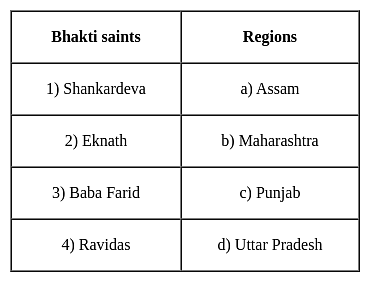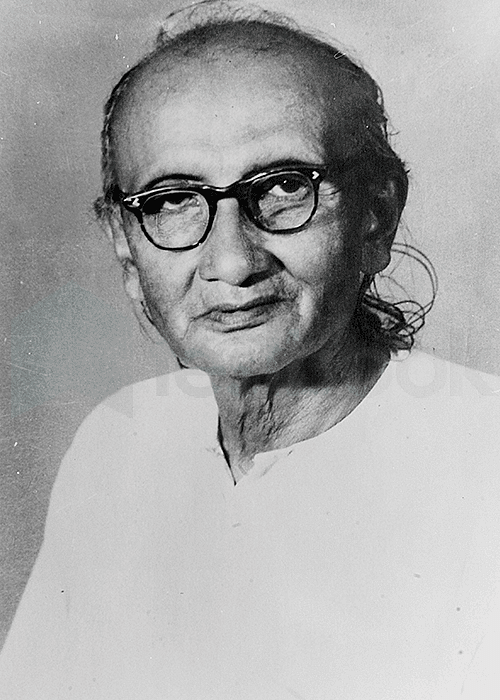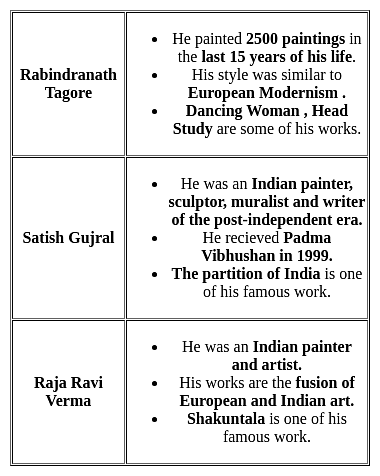TS SET Paper 2 Mock Test - 6 (History) - TS TET MCQ
30 Questions MCQ Test TS SET Mock Test Series 2024 - TS SET Paper 2 Mock Test - 6 (History)
With reference to the Vedic period, consider the following schools of Upanishad pairs:
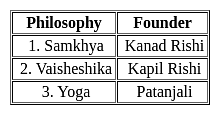
Which of the following pairs is/ are correctly matched?
What happened in 1770 that one-third population of Bengal was wiped out?
Consider the following statements regarding the Indus Valley civilization:
1. People were following phallic worship.
2. Mixed types of burial systems were observed.
Which of the following is/are statements are correct?
With reference to the significance of the Revolt of 1857, consider the following statements:
1. It exposed the shortcomings in the Company's administration.
2. It brought India under politico-administrative unification.
3. It brought out in the open the grievances of people.
Which of the statements given above are correct?
Which among the following Brahman provides details of cultivation process?
Where did Netaji Subhash Chandra Bose established provisional Government of Free India ?
Match the following, with reference to the revolutionary activities.
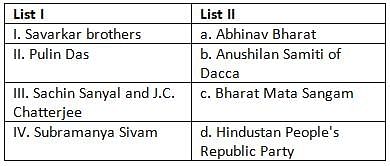
Consider the following statements A and B and choose the correct option.
Statement A: Henry Louis Vivian Derozia's student's attached tradition and custom, demanded education for women and campaigned for the freedom of thought and expression.
Statement B: Henry had radical ideas and encouraged pupils to question all authority.
In the context of post-independence India, the linguistic reorganization of states was a significant and contentious issue. Which state was the first to be created on linguistic lines, setting a precedent for the linguistic reorganization of states in the country?
Which ancient Indian book has been translated into 15 (fifteen) Indian and 04 (four) foreign languages?
In 1612, at which among the following places, the British established their first factory (trading post) in India ?
Which one of the following contains the biographies of the sufis of India, and the author presented it to Jahangir?
Lucknow pact was signed between Indian National Congress and _____________ in 1916?
Mahabalipuram was a port city of which of the following dynasties?
Which of the following statement/s is/are not correct about Vijayanagara empire?
Which among the following proposals were adopted at the Nagpur Congress session, 1920?
1. The programme of non-cooperation was endorsed.
2. Attainment of self-government through constitutional means.
3. Provincial Congress committees on a linguistic basis were organized.
Select the correct answer using the codes given below.
Which among the following system in the Vedic Age has provided for a marriage of a childless widow with the brother of blood relation of her deceased husband for the sake of progeny ?
Which of the following statements is incorrect regarding Pallava’s architecture?
- Although they were mostly Shaivite, some Vaishnava monuments are also seen.
- Their architecture was also influenced by the Buddhist heritage of the Deccan.
- Their early buildings were rock-cut, whereas the later were structural.
Select the correct answer using the codes given below:
The Fourth Anglo-Mysore War (1798–1799) took place between whom?
Which one of the following places is famous for Pre-historic paintings?
Consider following statements regarding Indian Parliamentary committee 1893
1). Its members were Sir William Wedderburn and WS Caine
2). It was formed to agitate for entry of Indian subjects into the British Parliament
Which of the above statement(s) is/are correct?
The first Indian Mathematician who treated Mathematics as a different discipline?
|
60 tests
|




